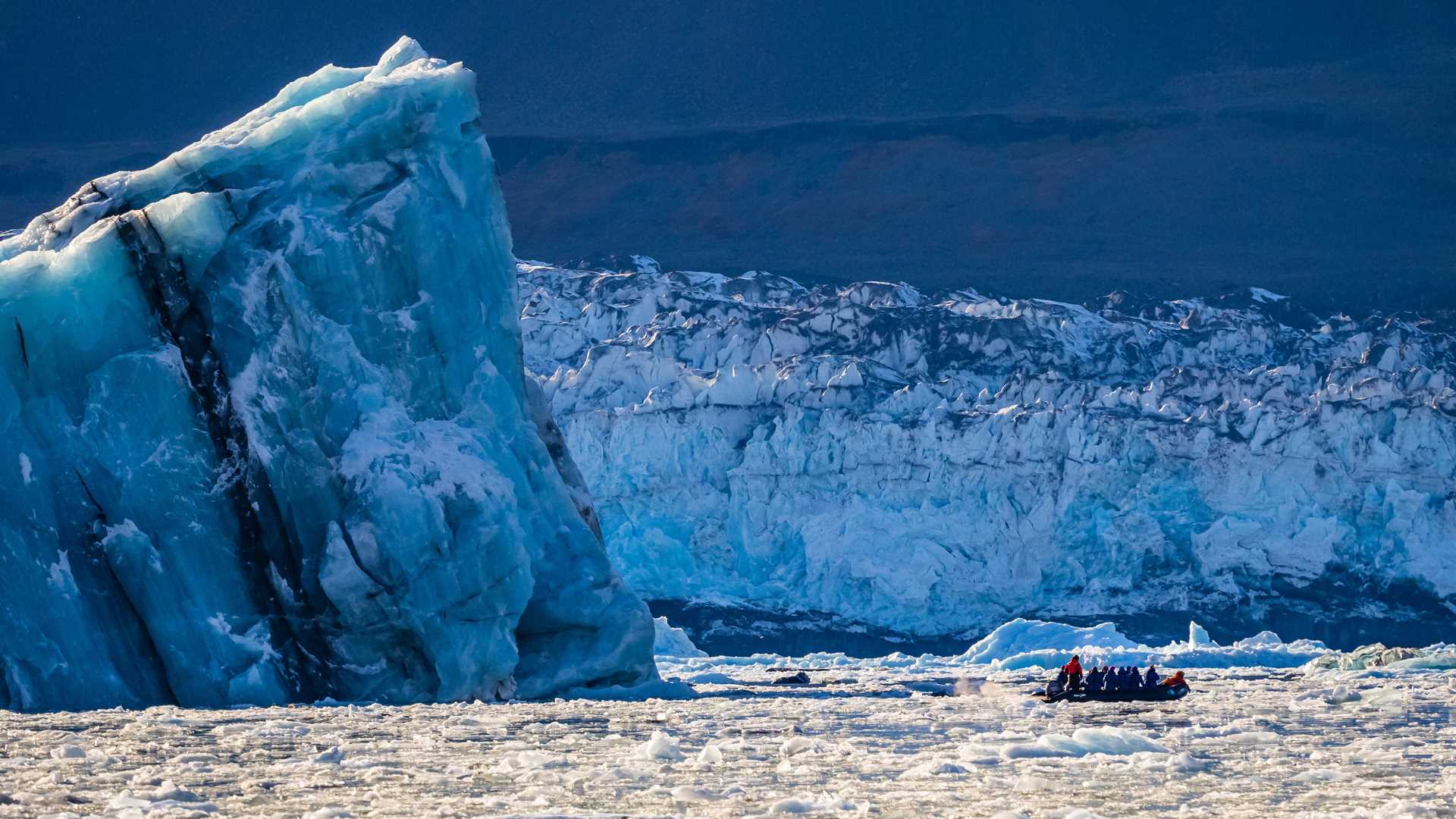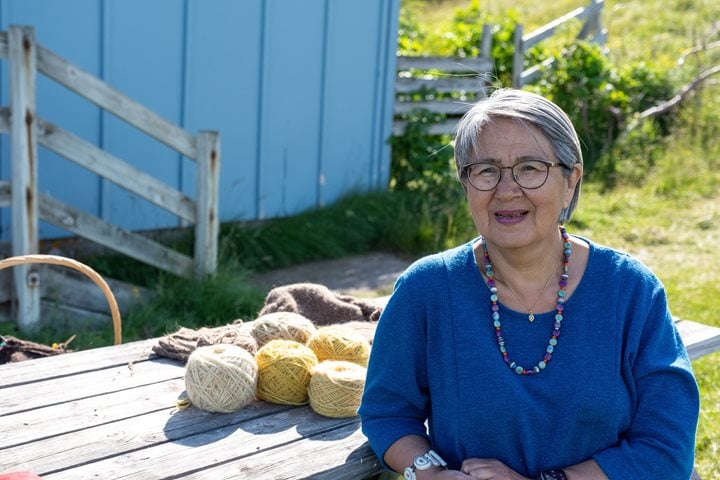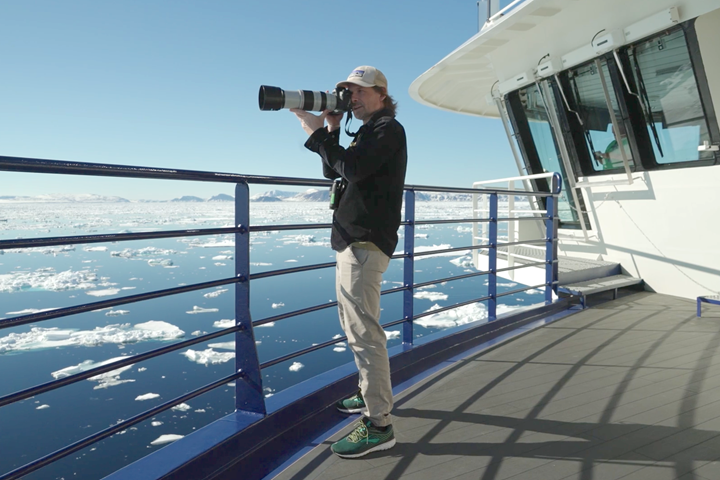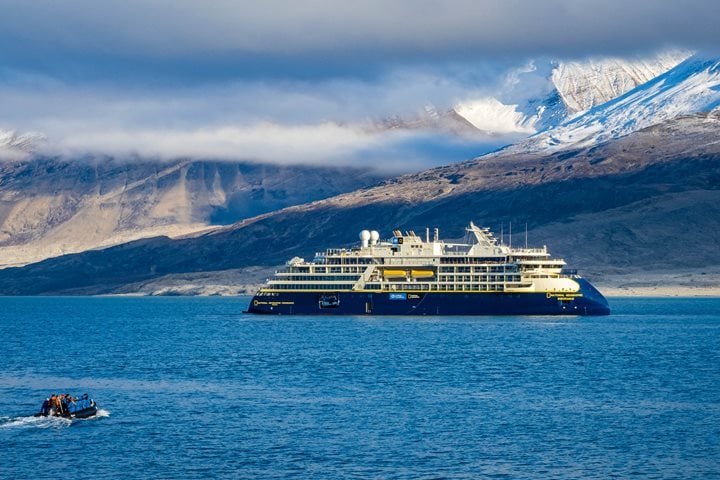Call +1.800.397.3348 or contact your travel advisor
Geologist, NOAA scientist, and NASA astronaut, Dr. Kathryn Sullivan has had a storied career that has taken her from the far reaches of outer space to the bottom of the world’s oceans. She was also a catalyst in the creation of Lindblad Expeditions’ unique undersea program, and this summer she’ll return as a Global Perspectives Guest Speaker aboard two Arctic expeditions. We had the privilege to chat with Kathy about her space adventures as an early woman astronaut. Get Inspired By Photos, Videos, Webinars, Stories, And Exclusive Offers. Sign Up
What were some challenges you faced as a female astronaut in the 1980s?
It’s really hard for me to tease apart any challenges that I had to deal with strictly because I was a woman as opposed to it's challenging just to be an astronaut. It’s a hard, teasing, competitive, fighter squadron kind of culture that I (along with the five other women in my class) stepped into, but other than adjusting to that culture I would say I never had any gruff or crap from any of my direct astronaut colleagues. I think they were confident, as we were, that we had passed the same hurdles and gates and were selected on the same basis as the men—we were among the best 35 people NASA had at its disposal at that point, so we’d earned our way in. I always feel like people are disappointed—they’re sure there’s this huge controversy there, but it actually went okay.
How has your time in space influenced the work you’ve done since?
I was glued to the window for every minute that wasn’t claimed by my shuttle duties or sleep. I found every Earth view to be mesmerizing—each one like a mini geology and geophysics lesson in a nutshell. The vantage point that space offers us is so powerful for understanding the planet as a whole, and I felt a growing desire to be one of the players that helped extract useful information from that unique perspective and transform it into info that could actually help us live more wisely and take better care of Earth and human society.
Tell us one of your favorite moments from your time in space.
There are two in particular I have to share. The first was a dose-response experiment we did to try and better understand how the aurora works. That involved firing an electronic beam down towards the upper atmosphere. Each time it deployed, it felt like we were firing photon torpedoes in a sci-fi movie. You could actually see this little ball of blue light zoom away from the orbit and begin to curve in response to Earth’s magnetic field. That was pretty cool and we even joked we had far better photon torpedoes than George Lucas!
The second also happens to relate to Lucas. He received the Irving G. Thalberg Memorial Award at the 1992 Oscars and we were part of the presentation from the Space Shuttle Atlantis. Our mission commander made the speech and then we staged it so that one of my crewmates would give the Oscar statue a little push so it would float across the top of our heads. My job was to snag it down out of air, set it upright, and then let it go again so it hovered in midair. [Jump to 3:35 in the video below to watch this unforgettable moment.]
Your new book, Handprints On Hubble, describes the deployment of the Hubble Space Telescope. Can you tell us more about it?
Sure! It will be published by the MIT Press and our target is to bring it out in April 2020, in conjunction with the 30th Anniversary of Hubble being in orbit. It’s about this unsung group of people I worked with to help build the toolkit that made it possible to maintain Hubble. Because our work was indispensable to its success it’s sort of as if we all have a metaphorical handprint on every single scientific advance that Hubble has made to date. But the title also refers to literal handprints—astronauts who serviced the telescope touched it with gloved hands and those faint prints are still visible today on the exterior foil.
One of Kathy’s photos showing the ancient folded rocks of Labrador from space.
What are you most looking forward to when returning to the Arctic with Lindblad?
Although space shuttles never fly directly over the Arctic like a weather satellite, on a clear day we could certainly see far up into the region, for example the lower 25% of Greenland with the fjords all cut in and incised and the stark white on blue of the ice sheet against the ocean. It was an oblique view like a super-cool postcard picture of a place—it’s just so alluring it makes you want to go, but it doesn’t really satisfy a deeper sense of what’s out there? To get a chance now to explore into those further northern reaches into Baffin Bay and Nares Strait along the top of Greenland I’ll be thinking back to what I know about plate tectonics and the underlying geology that runs along the sea floor and I’m very excited for the chance to be in the presence of Precambrian rocks—these are some of the oldest rocks on earth dating in the 3.6 to 4 billion year range and they are renowned because the stromatolites found within them are believed to be remnants of very ancient algal maps with some of the earliest lifeforms on Earth. I’m also hoping to learn more about the terrestrial life and the First Peoples on both the Greenland and Canadian side—these are dimensions of the Arctic I’ve had no real opportunity to experience and I’m very jazzed about that!




